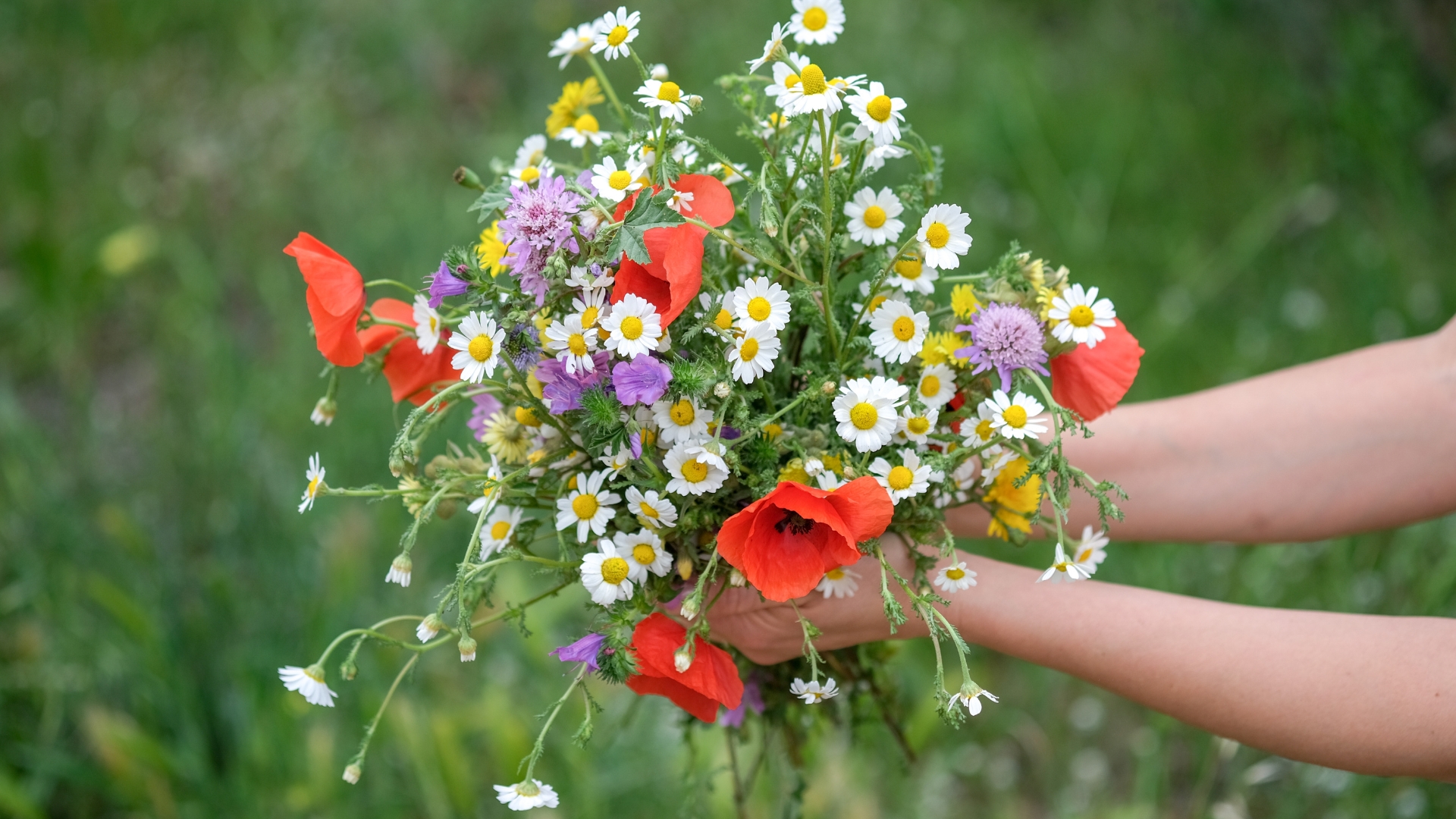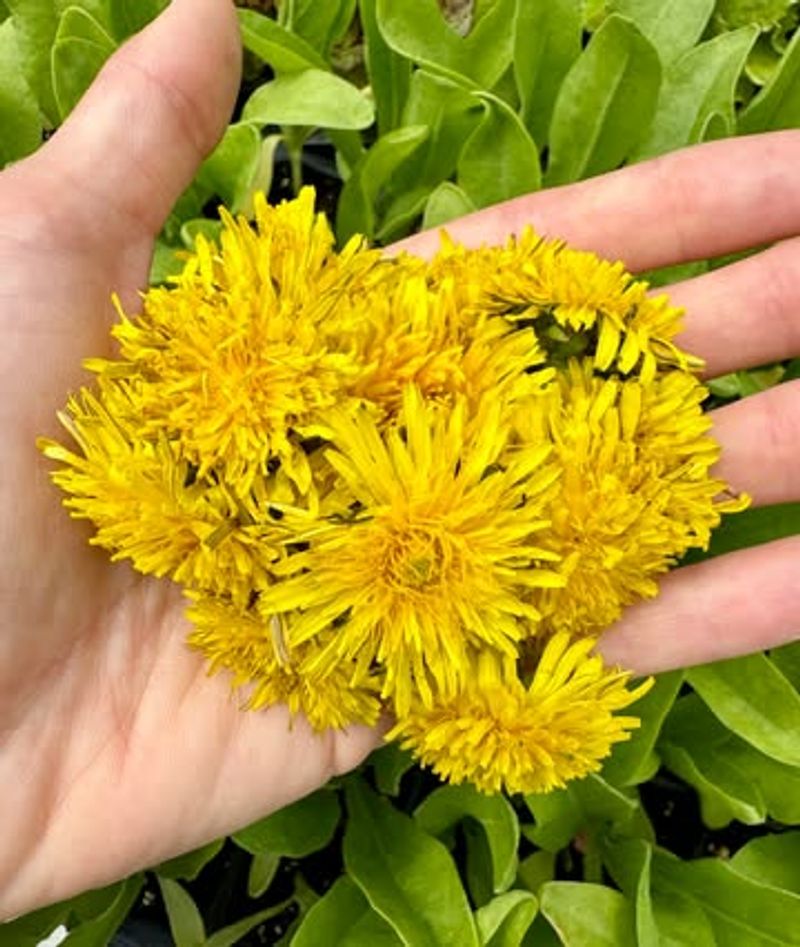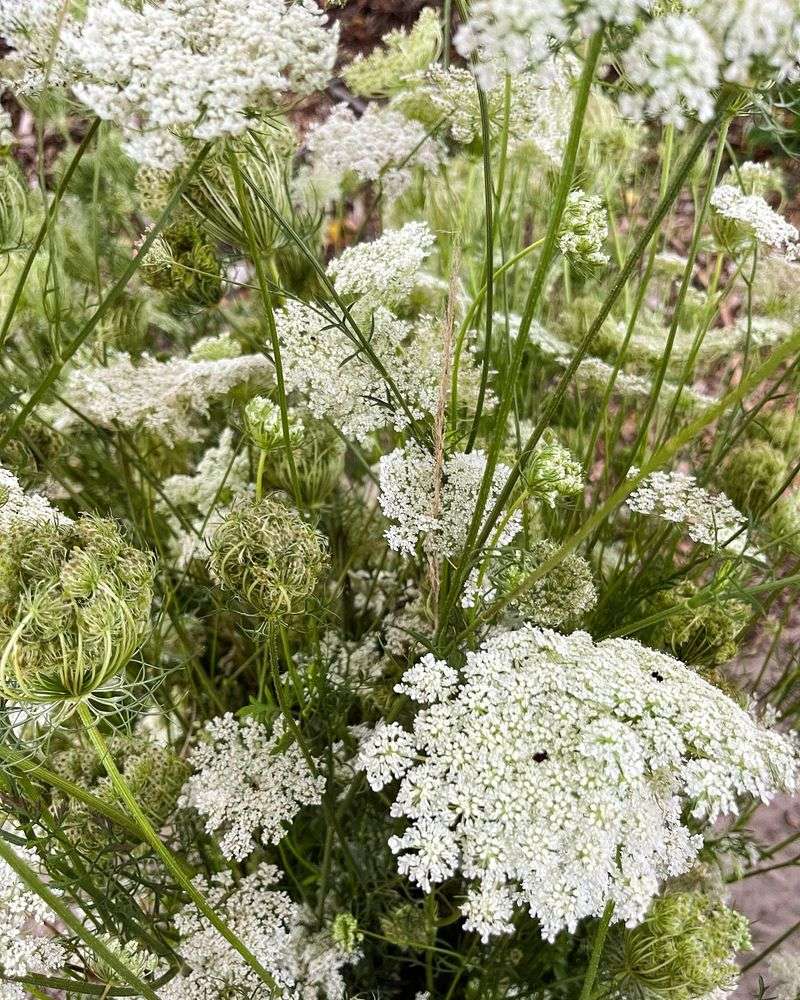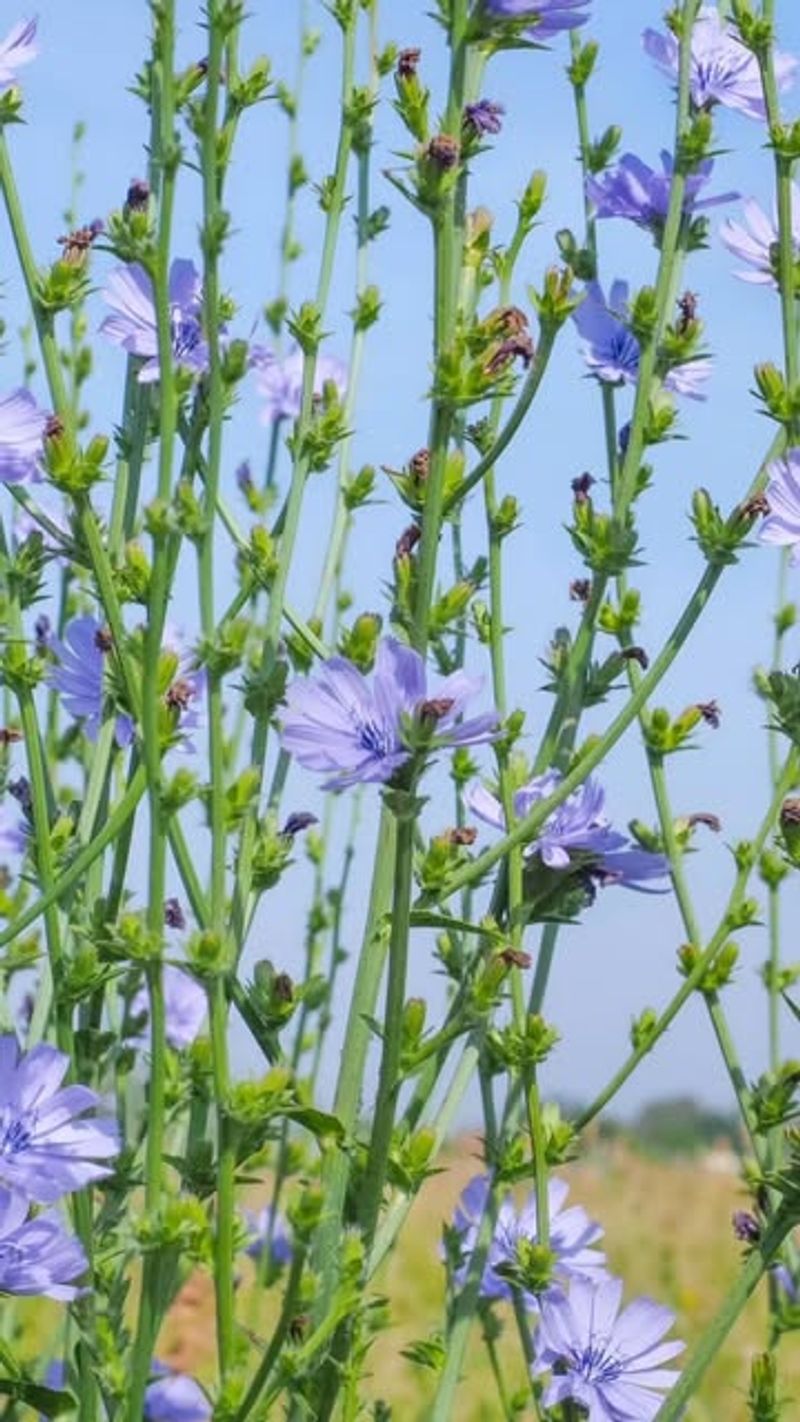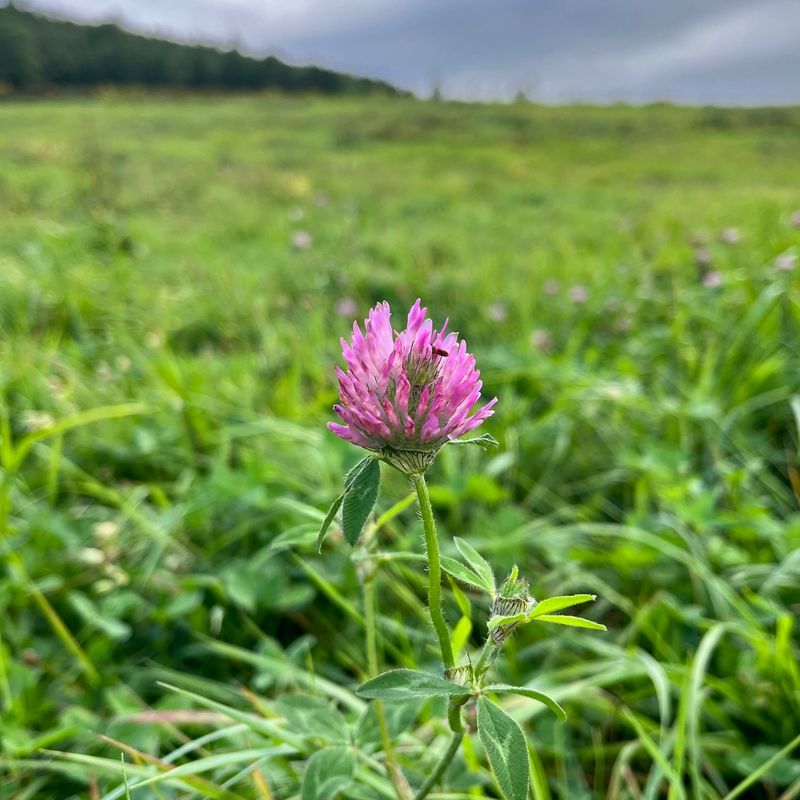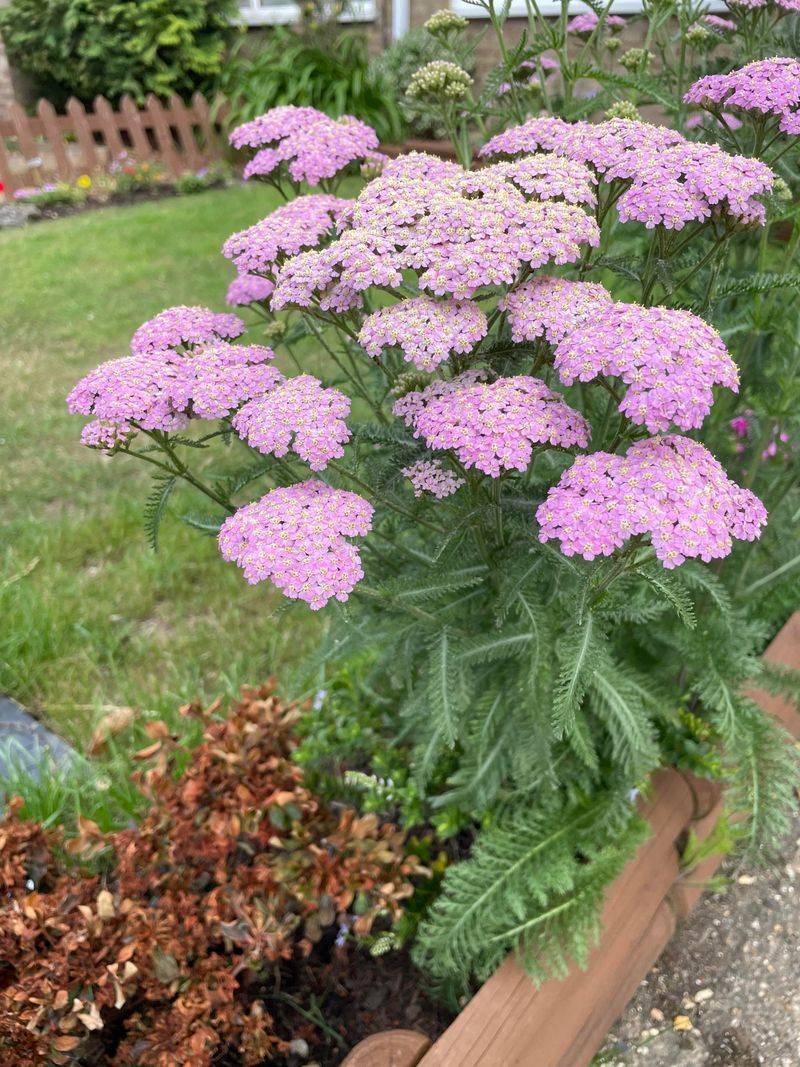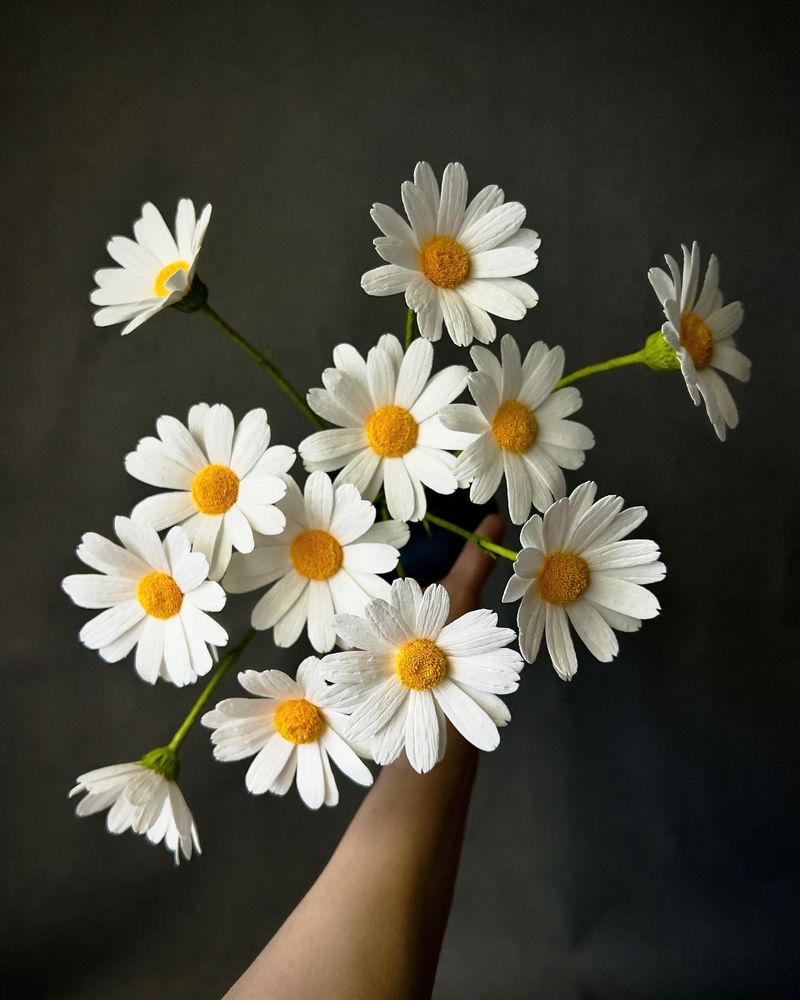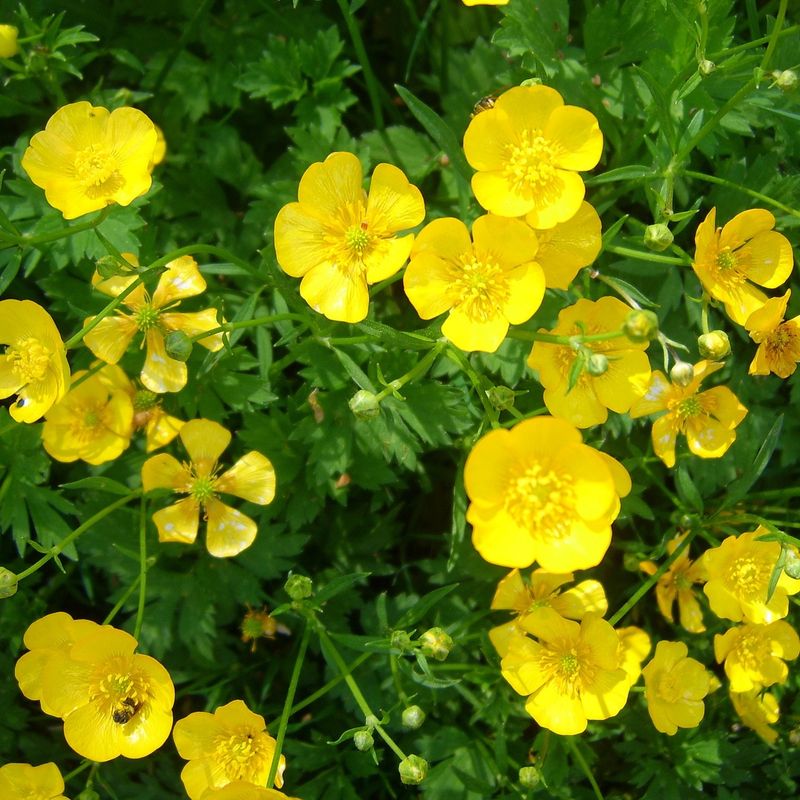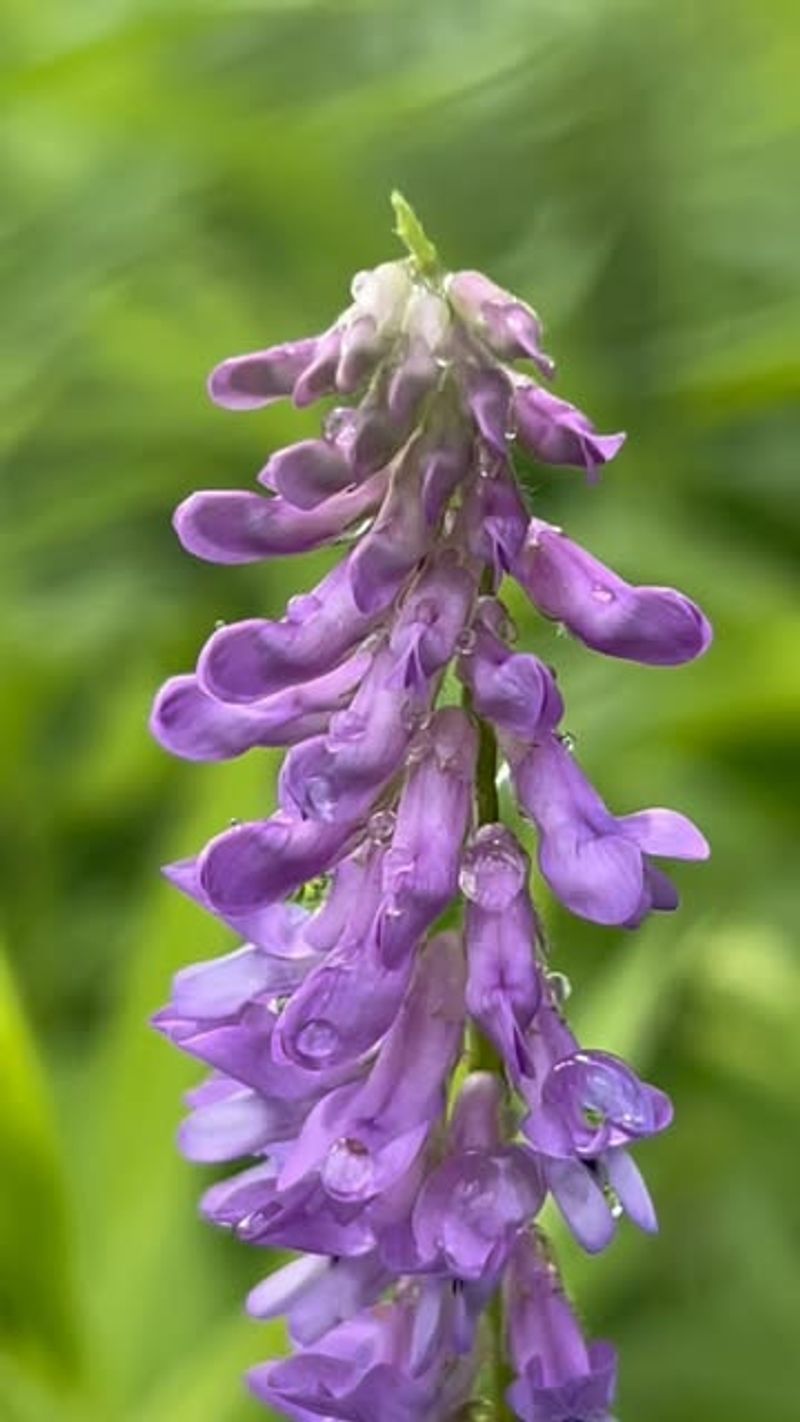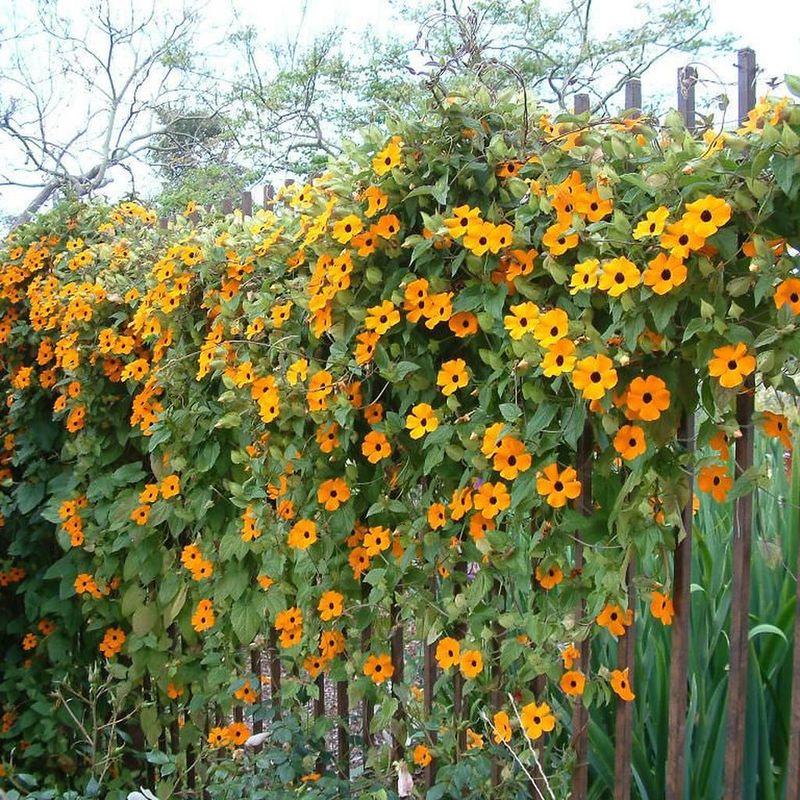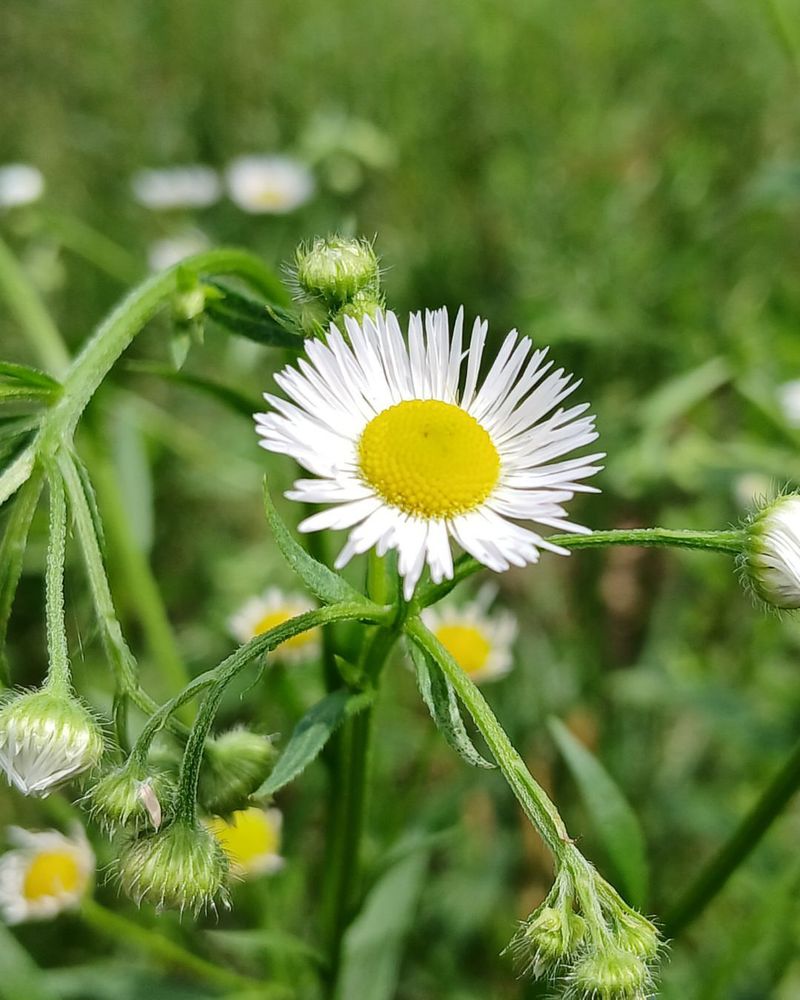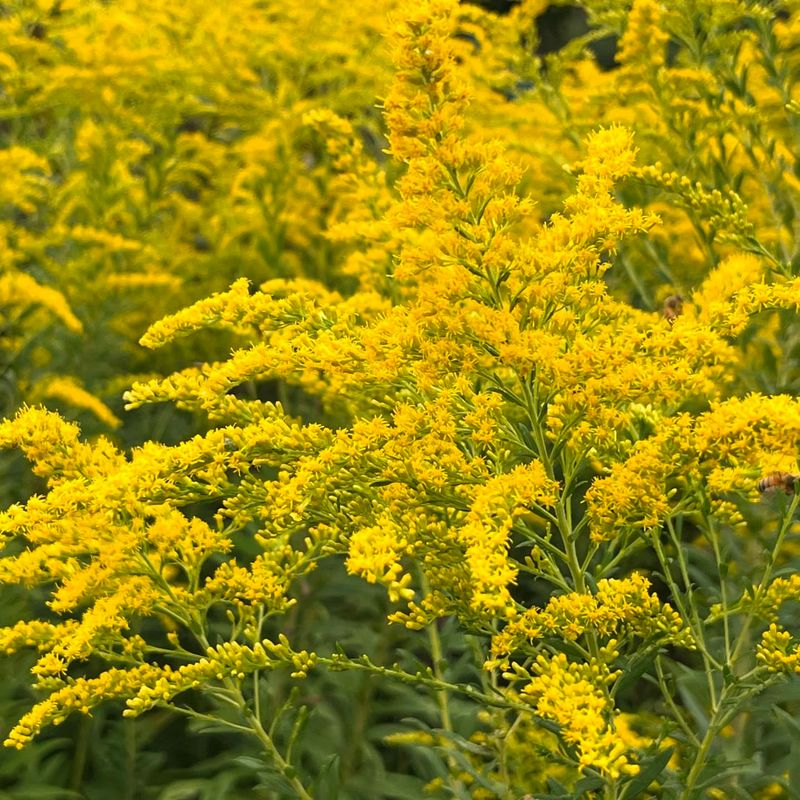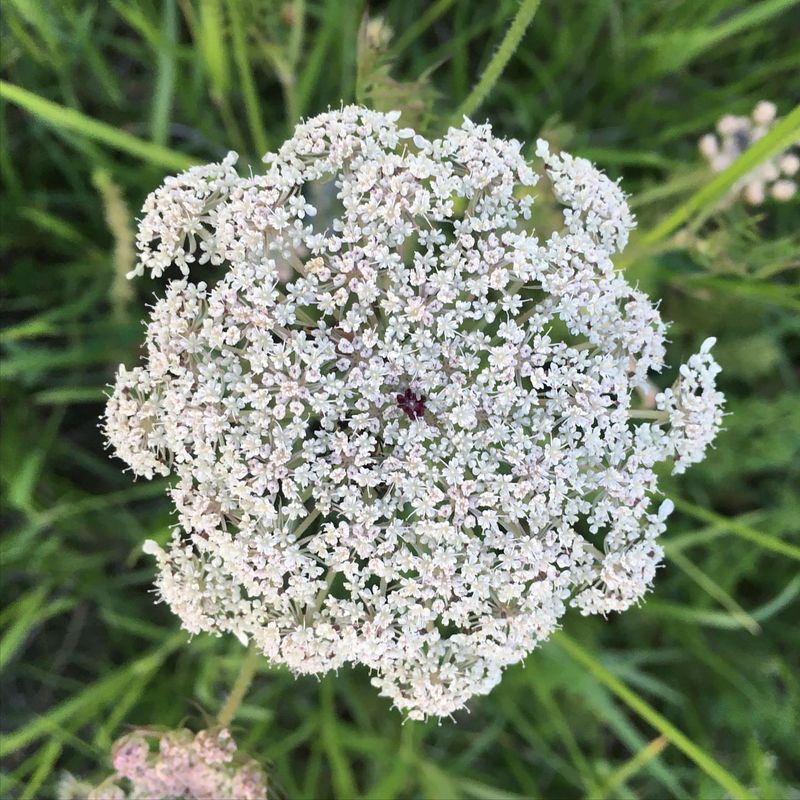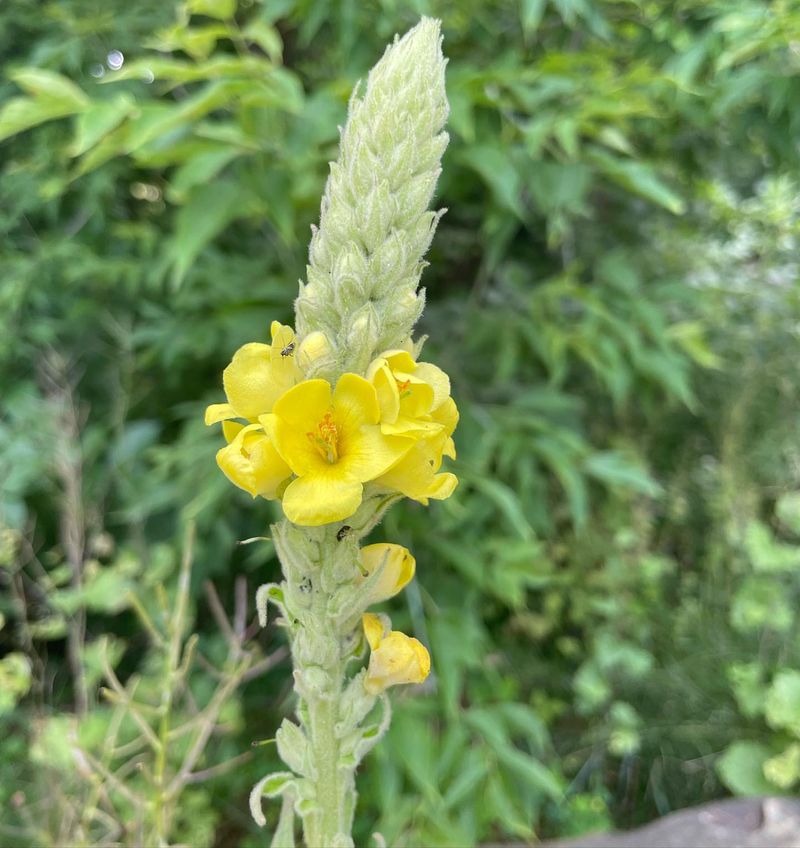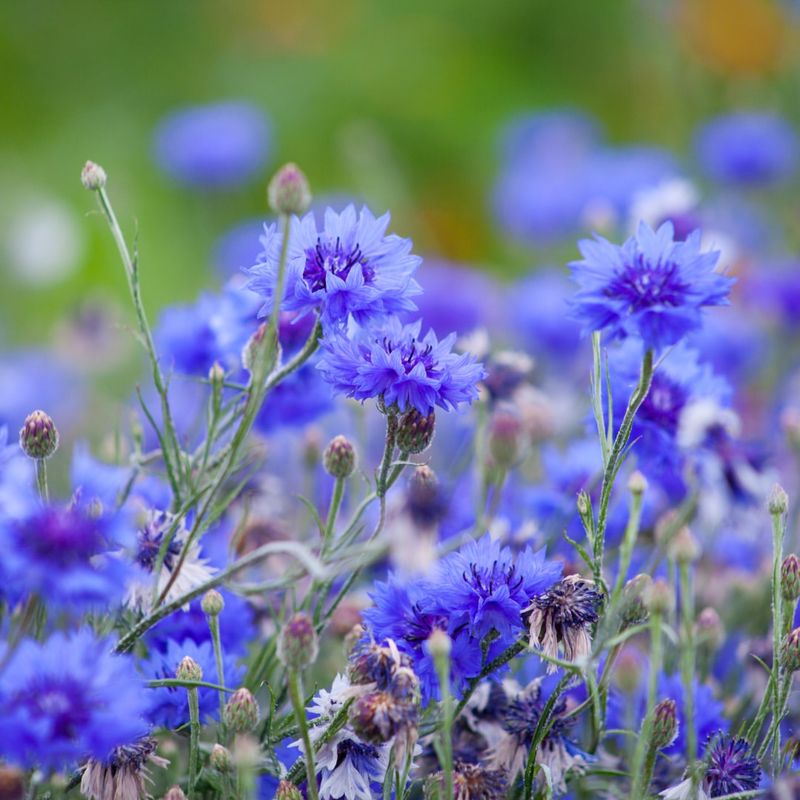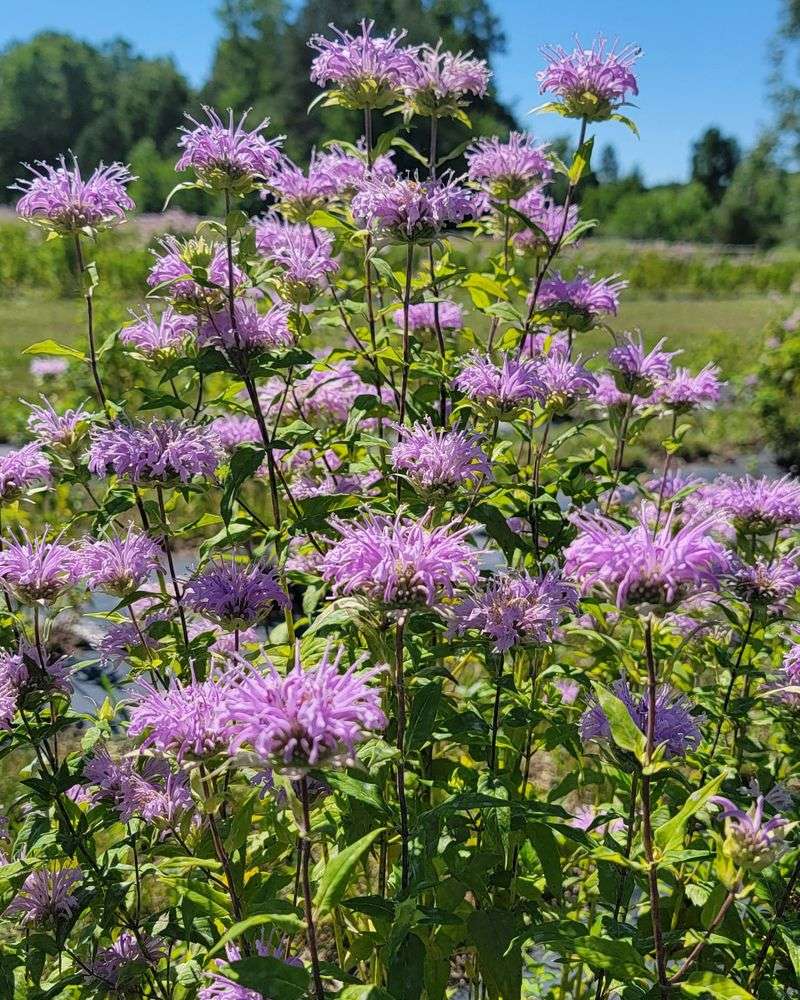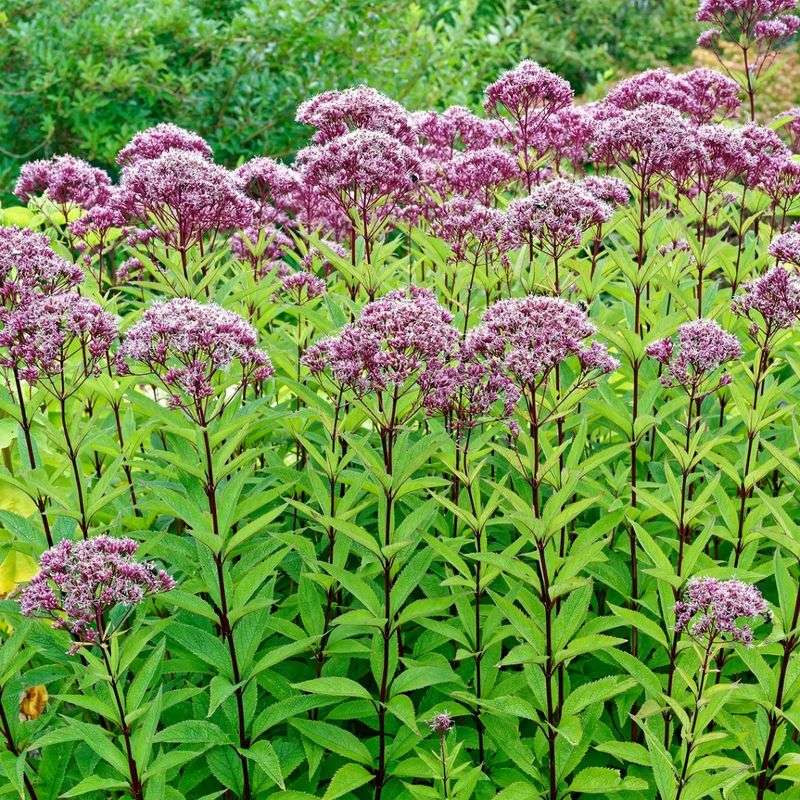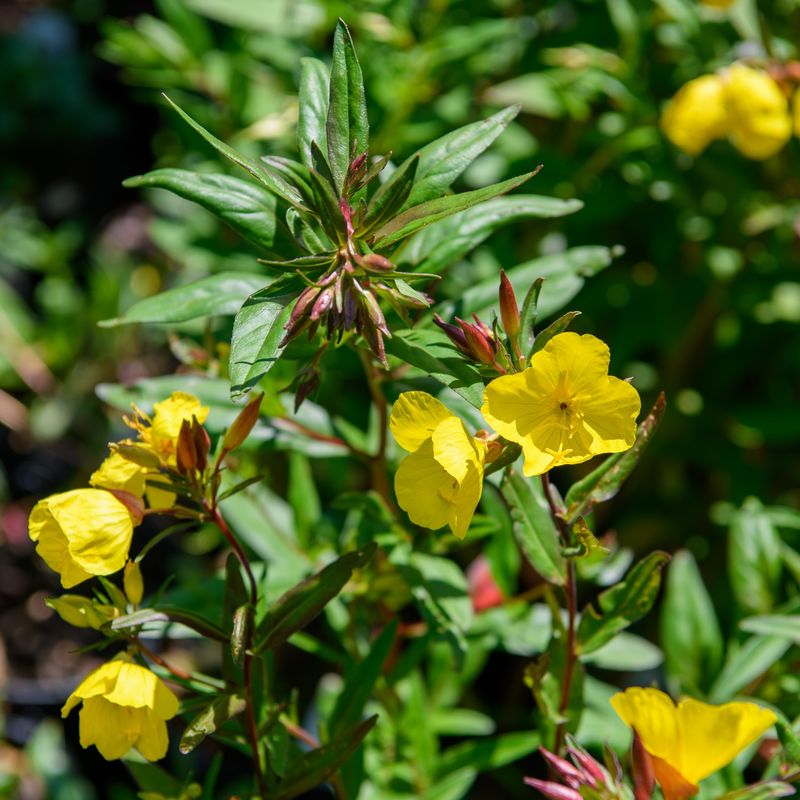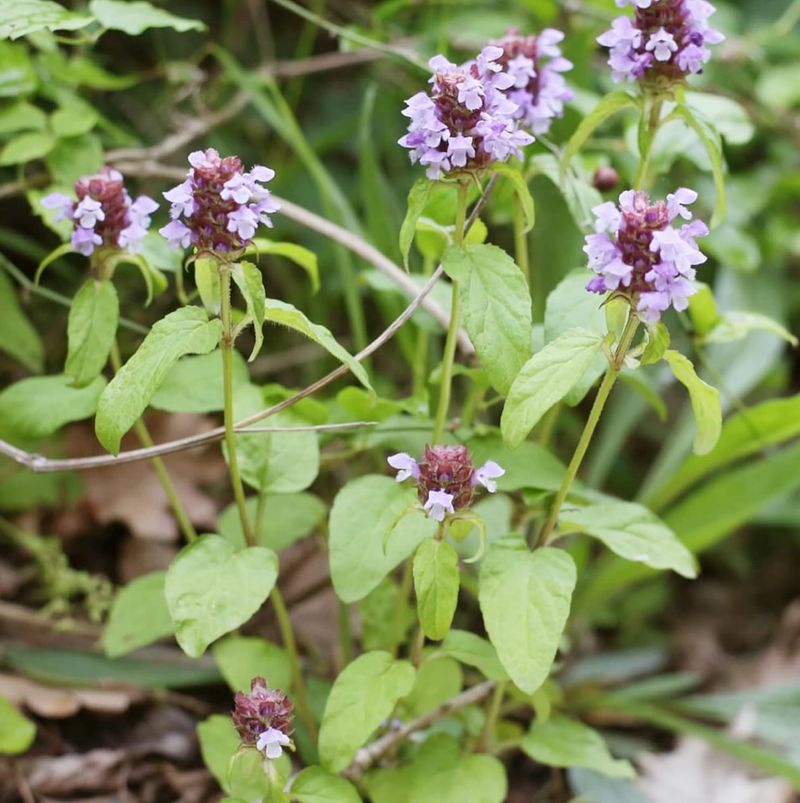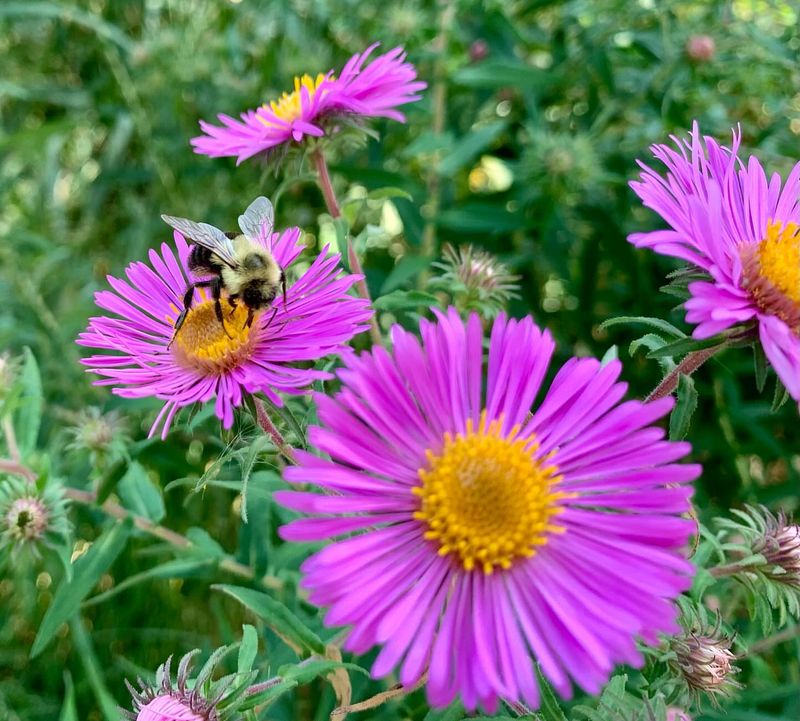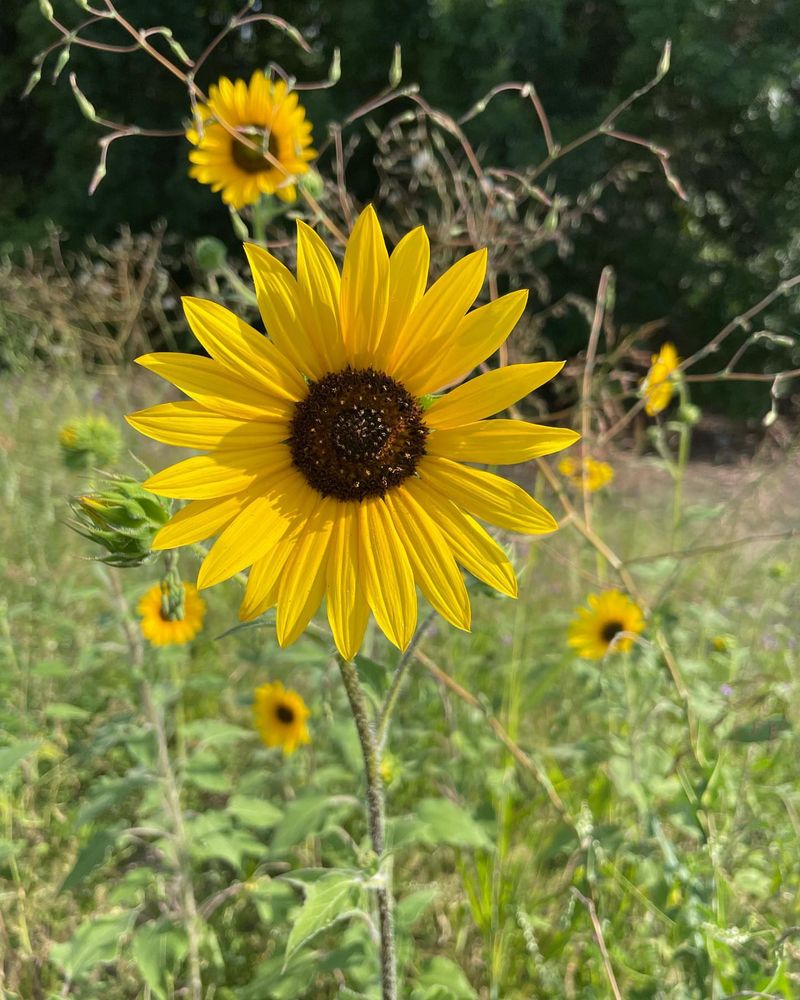Ever spotted a patch of wildflowers and thought, “Can I actually pick these?” Good news—you can enjoy nature’s beauty without getting into trouble, and even make yourself a gorgeous bouquet in the process.
Some wildflowers are totally fair game, and they just happen to look amazing in a vase. I’ve gathered a list of my favorite legal-to-pick blooms that won’t land you a fine or a scolding.
Grab some scissors, and let’s get into the good stuff!
1. Dandelion
Those sunny yellow blooms popping up everywhere aren’t just weeds! Dandelions grow abundantly in most regions and actually benefit from harvesting since they’re considered invasive in many areas.
Gather them when fully open for the brightest display. Their hollow stems need water quickly after cutting. Mix with other wildflowers for a cheerful arrangement that brings meadow vibes indoors.
2. Queen Anne’s Lace
Resembling delicate white umbrellas dancing in summer breezes, these flowers add airy texture to any arrangement. Found along roadsides and fields, they’re prolific growers that aren’t endangered in most regions.
Cut stems at an angle when the flower heads are fully open but before they start curling inward. The intricate lace pattern works beautifully as a filler in bouquets, complementing more colorful blooms with its neutral elegance.
3. Chicory
Morning walks reveal these stunning blue flowers along country roads and disturbed areas. Their vibrant periwinkle color is hard to find naturally, making them special additions to any bouquet.
Harvest early in the day as blossoms close by afternoon. The woody stems stand up well in arrangements. Chicory reseeds easily and thrives in poor soil conditions, so picking won’t harm populations—just leave plenty behind for bees!
4. Red Clover
Fuzzy pinkish-purple globes of red clover dot meadows and lawns everywhere. These nitrogen-fixing plants grow abundantly and quickly recover from harvesting, making them ethical choices for flower picking.
Gather when the blooms are fully open but still bright in color. Their round shape creates interesting texture in arrangements. Red clover holds up surprisingly well in water and pairs beautifully with grasses and other meadow flowers.
5. Yarrow
Ancient healers treasured this plant, but modern foragers love its flat-topped white flower clusters for bouquets. Yarrow grows prolifically in meadows and disturbed areas, often considered weedy in cultivated spaces.
Cut stems when flower heads are fully open but before seeds form. The ferny foliage adds beautiful texture to arrangements. Yarrow dries exceptionally well too, extending the life of your wildflower creation long after other blooms have faded.
6. Oxeye Daisy
Classic white petals surrounding golden centers make these flowers instantly recognizable. Oxeye daisies spread rapidly in open areas and are actually considered invasive in many regions, so harvesting helps control their spread.
Pick when flowers are fully open with firm stems. They last remarkably well in water. Their simple, cheerful appearance pairs beautifully with more complex wildflowers, creating balanced arrangements that capture the essence of summer meadows.
7. Buttercup
Remember holding these tiny yellow blooms under friends’ chins to see the golden reflection? Buttercups grow abundantly in moist areas and spread quickly through runners and seeds.
Harvest when flowers are fully open on sunny days when they’re most vibrant. The shiny petals add cheerful pops of color to delicate arrangements. Keep stems in water immediately after cutting, as they tend to wilt quickly without proper hydration.
8. Vetch
Purple-blue flowers clustering along vining stems create graceful, cascading elements in bouquets. Various vetch species grow abundantly along roadsides and field edges, often considered agricultural weeds.
Cut longer sections of stem with multiple flower clusters for dramatic effect. The delicate pea-like blossoms add movement and a natural, unstructured feel. Vetch pairs beautifully with grasses and other meadow flowers for authentic wildflower arrangements.
9. Black-eyed Susan
Sunny golden petals surrounding dark centers make these flowers summertime favorites. Found in fields and roadsides, they’re prolific bloomers that quickly reestablish after picking, especially in disturbed areas.
Harvest when flowers are fully open but before seed development begins. Their strong stems hold up well in arrangements. The bold yellow color creates focal points in bouquets, while their dark centers add depth and visual interest among lighter blooms.
10. Daisy Fleabane
Tiny white petals surrounding yellow centers give these flowers a delicate, star-like appearance. Often mistaken for miniature daisies, fleabane grows abundantly in disturbed soil and is considered weedy in many areas.
Cut when flower clusters are freshly opened. The airy, cloud-like effect they create works beautifully in wildflower arrangements. Their prolific nature means harvesting won’t impact populations—they’ll quickly regrow and reseed in favorable conditions.
11. Goldenrod
Contrary to popular belief, these bright yellow plumes rarely cause allergies! Goldenrod grows abundantly in late summer and fall, creating stunning golden sweeps across meadows and roadsides.
Harvest when flower clusters are bright yellow but not yet releasing pollen. The dramatic vertical form adds height and structure to arrangements. Their late-season bloom time makes them perfect for autumn bouquets when other wildflowers become scarce.
12. Wild Carrot
Often confused with Queen Anne’s Lace, wild carrot features similar white umbel flowers but with a distinctive tiny purple flower in the center. They grow abundantly along roadsides and in fields.
Cut stems when flowers are fully open but before they begin to curl inward. The intricate, lacy appearance adds delicate texture to arrangements. Their sturdy stems hold up well in water, making them lasting additions to wildflower bouquets.
13. Common Mullein
Tall spikes covered with small yellow flowers rise dramatically from rosettes of fuzzy gray-green leaves. Mullein grows in disturbed areas and poor soils, often considered a pioneer species in ecological succession.
Harvest side branches or shorter flower spikes rather than the main stem. The architectural quality adds vertical interest to arrangements. Their velvety leaves can be included for interesting texture and silvery color contrast in bouquets.
14. Cornflower
Also called bachelor’s buttons, these vibrant blue blooms bring rare true-blue color to wildflower arrangements. Though originally from Europe, they’ve naturalized in many areas and grow abundantly in fields and roadsides.
Cut when flowers are fully open but still vibrant. Their paper-like petals hold color well even as they dry. The intense blue hue creates beautiful contrast with yellow and white wildflowers, making them valuable additions to colorful bouquets.
15. Wild Bergamot
Members of the mint family, these lavender-pink flower clusters attract butterflies and have a delightful fragrance. Also called bee balm, they grow readily in sunny spots and spread through underground runners.
Harvest when flower heads are fully open but still bright in color. The unusual pom-pom shape adds interesting texture to arrangements. Their square stems (characteristic of mints) are sturdy in bouquets, and the subtle scent adds sensory appeal.
16. Joe-Pye Weed
Despite the humble name, these tall plants produce magnificent mauve flower clusters that butterflies adore. Growing in moist meadows and roadside ditches, they bloom late summer when other flowers fade.
Cut when flower heads are fluffy and fully open. Their height makes them perfect back-of-bouquet anchors. The soft color complements both bright flowers and dried grasses in arrangements, creating depth and fullness in wildflower displays.
17. Evening Primrose
Lemon-yellow blooms open dramatically at dusk, releasing sweet fragrance that attracts night pollinators. These biennial plants grow abundantly in disturbed areas and poor soils where few other flowers thrive.
Harvest in early morning when flowers that opened overnight are still fresh. Their bright color adds sunny highlights to arrangements. Evening primrose’s tall, branching structure creates natural height variation in wildflower bouquets.
18. Self-Heal
Small purple flower spikes rise from creeping plants often found in lawns and meadows. Once valued for medicinal properties, self-heal grows abundantly and quickly recovers from harvesting.
Cut when flower spikes are fully colored but before lower flowers begin to fade. Their compact size makes them perfect for smaller arrangements. The rich purple color provides depth and dimension among lighter wildflowers, creating visual balance in natural bouquets.
19. New England Aster
Vibrant purple-pink daisy-like flowers with golden centers bloom profusely in late summer and fall. Growing in meadows and along roadsides, these native flowers support important late-season pollinators.
Harvest when flowers are freshly opened with bright color. Cut longer stems with multiple buds for extended vase life. Their rich color creates stunning focal points in autumn bouquets, especially when paired with goldenrod and ornamental grasses.
20. Wild Sunflower
Smaller than their cultivated cousins, wild sunflowers bring cheerful yellow daisy-like blooms to roadsides and fields. Various native species grow abundantly throughout North America, often in disturbed areas.
Cut when flowers are fully open with strong stems. Their bright color creates focal points in arrangements. Unlike garden varieties, these wildflowers feature multiple blooms per stem, creating natural bouquet structure with just a few stems.

